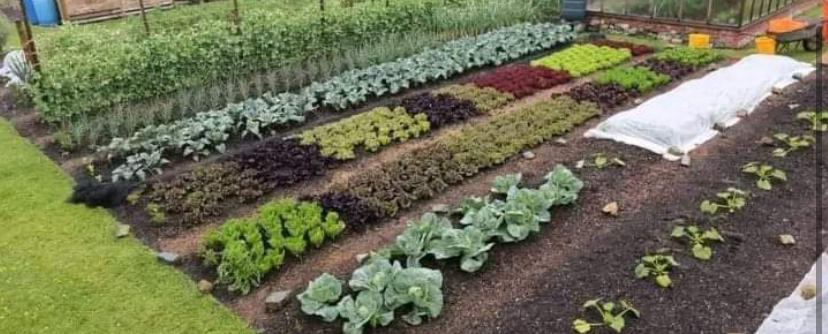No-dig gardening is a sustainable and low-effort gardening method that involves building up your garden beds without disturbing the soil. This technique promotes soil health, reduces weed growth, and makes gardening easier by eliminating the need for tilling….
In the quest for sustainable and low-maintenance gardening methods, no-dig gardening has emerged as a revolutionary approach. This technique, also known as no-till or lasagna gardening, focuses on building up garden beds with layers of organic matter rather than disturbing the soil. By eliminating the need for tilling, no-dig gardening not only simplifies the gardening process but also enhances soil health, reduces weed growth, and conserves moisture. Whether you’re a seasoned gardener or a novice looking for an easier way to cultivate your garden, this guide will walk you through the principles, benefits, and practical steps of no-dig gardening.
What is No-Dig Gardening?
No-dig gardening is a method that involves creating and maintaining garden beds without digging or tilling the soil. Instead of disrupting the soil structure, gardeners build up the bed with layers of organic materials. This approach mimics natural processes where organic matter accumulates on the forest floor, breaking down over time to nourish the soil. The key components of no-dig gardening are:
Layering Organic Matter: Adding layers of compost, straw, leaves, and other organic materials to create a nutrient-rich environment for plants.
Avoiding Soil Disturbance: Keeping the soil intact and undisturbed to preserve its structure and microbial life.
Building Soil Fertility: Relying on natural decomposition of organic matter to enrich the soil and support healthy plant growth.
Benefits of No-Dig Gardening
Improved Soil Health:
No-dig gardening promotes the natural development of soil structure and microbial life. By avoiding soil disturbance, you allow earthworms and beneficial organisms to thrive, which enhances soil fertility and improves its ability to retain moisture.
Reduced Weeds:
By layering organic matter over the soil, you create a barrier that suppresses weed growth. Weeds find it difficult to penetrate the layers, reducing the need for manual weeding and herbicides.
Conservation of Moisture:
The organic layers in no-dig gardens act as a mulch, helping to retain soil moisture and reduce the need for frequent watering. This is particularly beneficial in areas with dry or drought-prone conditions.
Less Physical Effort:
One of the greatest advantages of no-dig gardening is the reduction in physical labor. Without the need for tilling or turning the soil, gardening becomes easier on your back and joints, making it more accessible for people with physical limitations.
Environmental Benefits:
No-dig gardening is environmentally friendly as it reduces soil erosion, minimizes carbon emissions from machinery, and promotes sustainable gardening practices.
